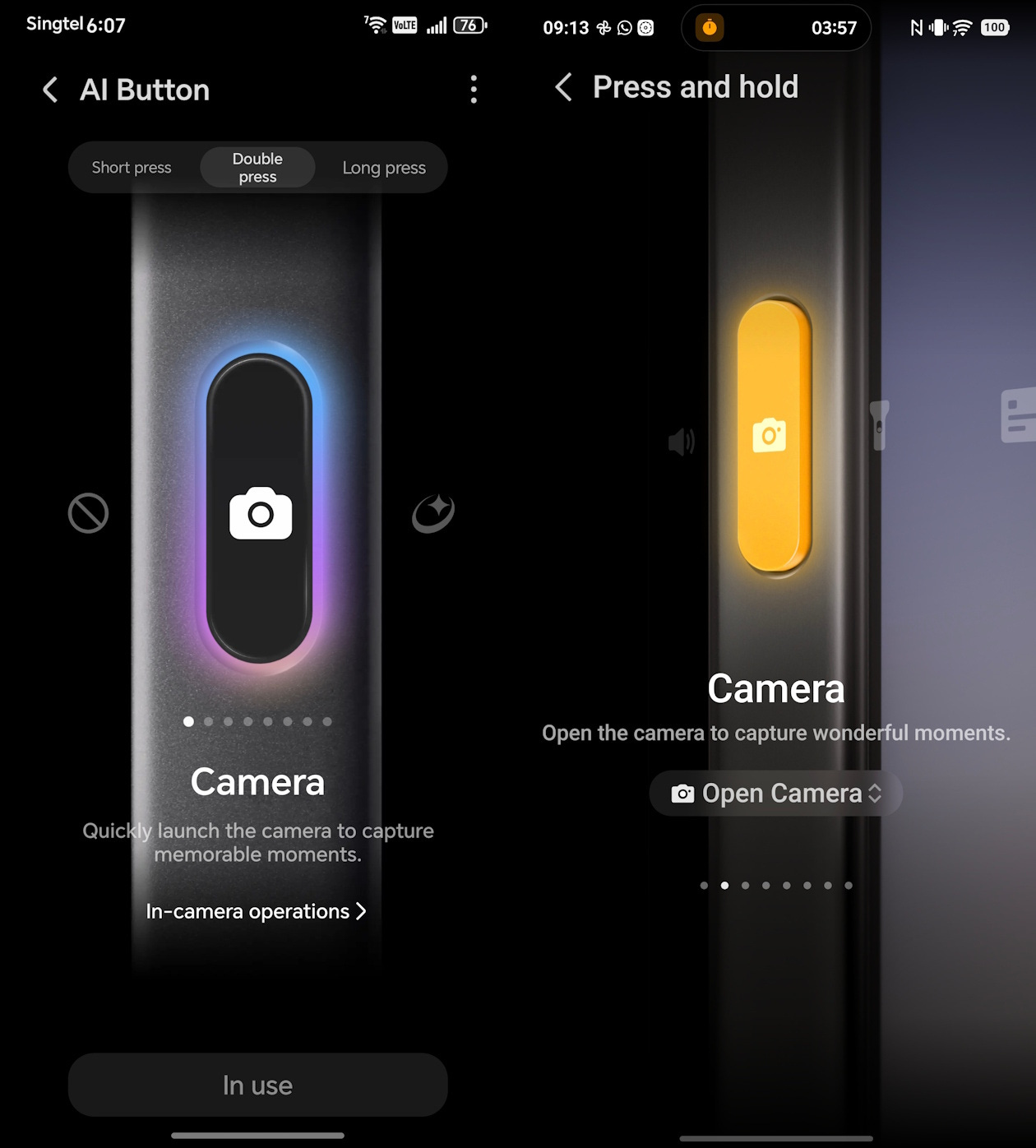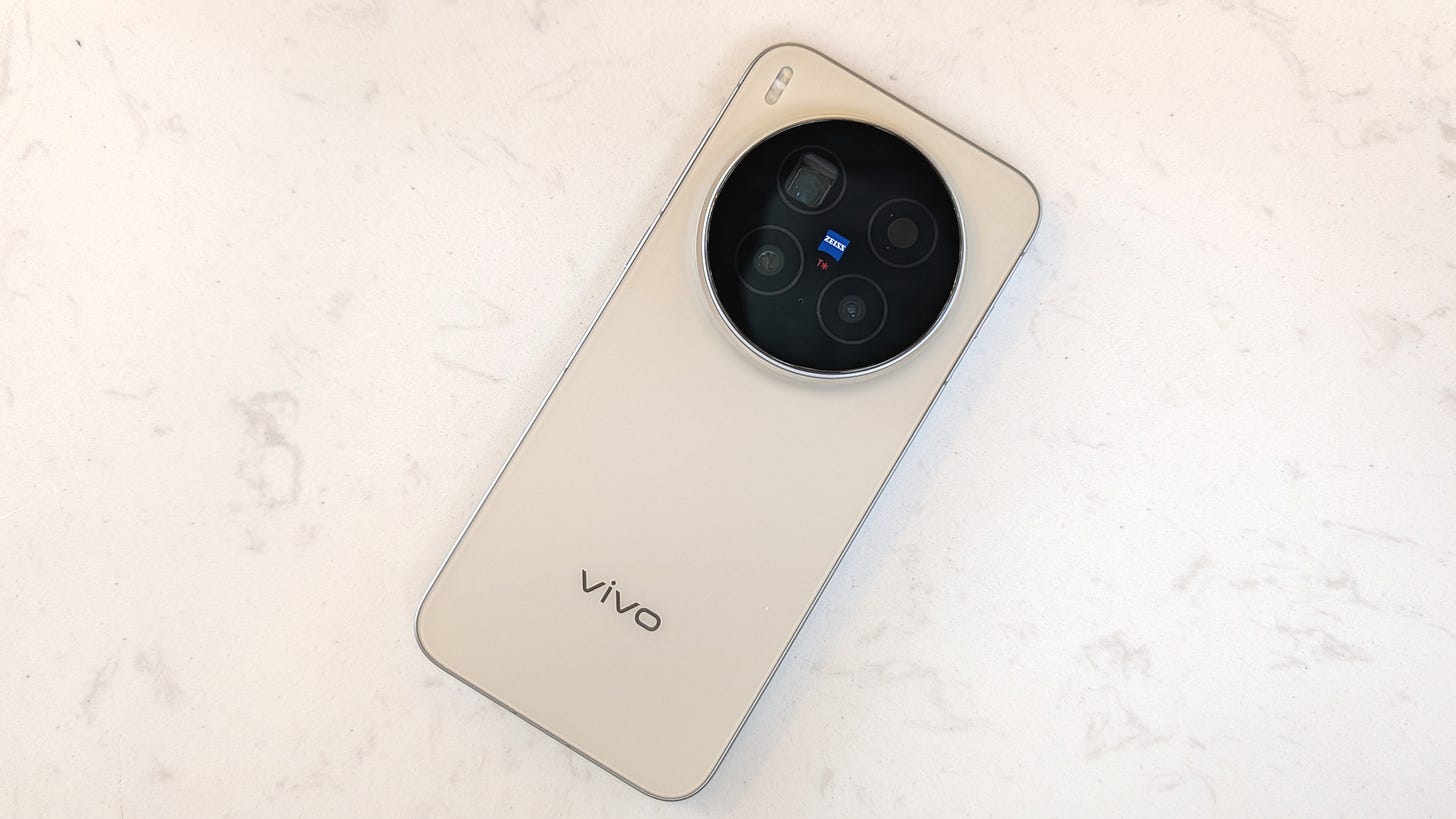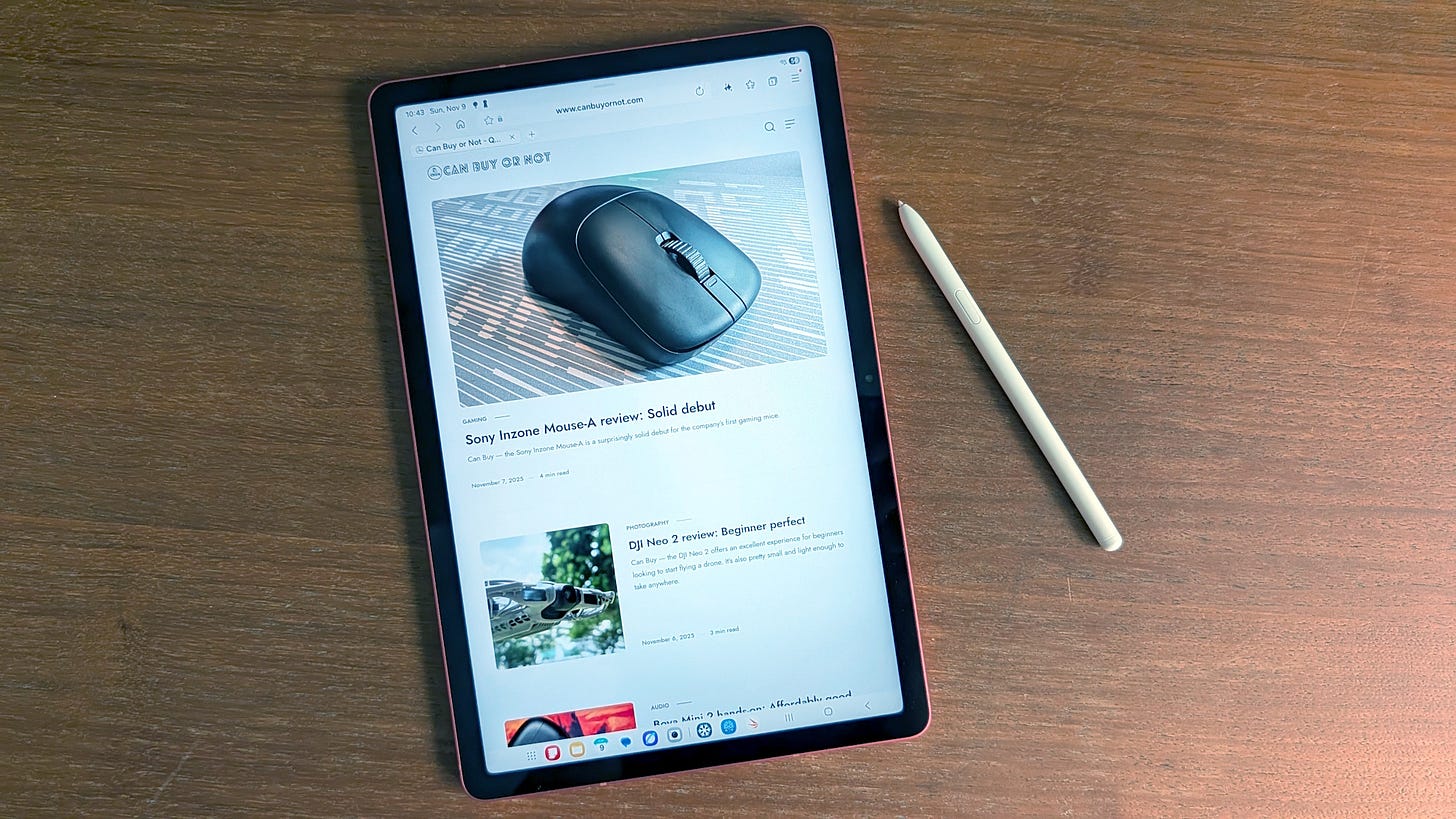Stop copying Apple, please
Chinese smartphone makers need to rein in their worst instincts
Apple’s Liquid Glass design for iOS 26 may have its detractors, but you couldn’t tell from the way Chinese smartphone makers have been embracing the frosted glass aesthetic.
Now, if you didn’t know, the flagship phones for 2026 are being rolled out by Chinese brands like Oppo, Vivo and Honor. I have been testing some of them, such as the Vivo X300 Pro, and while the hardware is indeed impressive, I’m tired of how these brands are constantly borrowing from Apple.
Take Vivo’s new OriginOS 6 user interface, for example. The Control Center has translucent glass-like elements reminiscent of Liquid Glass. The same could be said of Xiaomi’s new HyperOS 3 interface or Oppo’s ColorOS. Even Samsung’s upcoming One UI 8.5 interface is rumoured to take its design cue from Apple.
Of course, this is hardly a new trend. By now, most smartphone makers have already copied Apple’s Dynamic Island feature. Splitting the notifications from the quick settings panel is another iOS import that I absolutely abhor, but it seems to be the standard on most Android phones.
But the most egregious example is the Action Button on the Vivo X300 Pro. Not only is this button located on the same left side as the one on the iPhone, even the settings (see image above) to customise the button appear to copy Apple. Honor, too, does something similar with its AI Button on its new Magic8 Pro, though this button also doubles as a shutter button and slider (to adjust amount of zoom) in the camera app.
As you can probably tell by now, I’m not a fan of Android phones blatantly ripping off the iPhone. Yes, Apple, too, has borrowed features from Android, though the company usually takes so long that the end result is often more polished than the original. And don’t get me started on how smartphones are now converging on the same physical design (flat screen and rounded corners).
Perhaps someone can point to a theory of globalisation leading to cultural homogenisation as the cause, but it’s probably as simple as the fact that money talks. Apparently, imitating the iPhone sells. A former Xiaomi employee told me recently that when Hugo Barra was overseeing global operations at Xiaomi, he wanted the brand to forge its own path, and not just follow Apple. But that approach fell by the wayside when competitors like Oppo found great success imitating Apple.
So if you want something fresh and exciting, put your money where your mouth is. Maybe check out Nothing, which has at least developed a unique style for its smartphones and audio products.
In our latest reviews, we took one of the best smartphone cameras now for a spin, tested DJI’s first 360 camera, and tried Samsung’s budget tablet.
If taking great photos on your smartphone is important to you, consider the Vivo X300 Pro. Not only does it sport one of the best camera systems in a smartphone now, it also performs like a proper flagship, and comes with features like IP69 dust and water resistance, as well as fast 40W wireless charging.
DJI does a pretty good job for its first 360 camera, the Osmo 360. It takes good photos and videos, and more importantly, is easy to use, including support for gesture controls. It also works with DJI’s existing Mic 3 microphones to ensure good sound quality. Its starting price of S$459 is also very competitive.
Samsung’s affordable Galaxy Tab S10 Lite is a decent option if you want to take notes or draw on a tablet. It supports the S Pen, and comes with useful third-party apps for such as Goodnotes and Clip Studio Paint. It also has the latest One UI 8 interface, which is slick, and offers the usual AI features like object eraser. Not bad if you’re not too picky about the so-so display.





